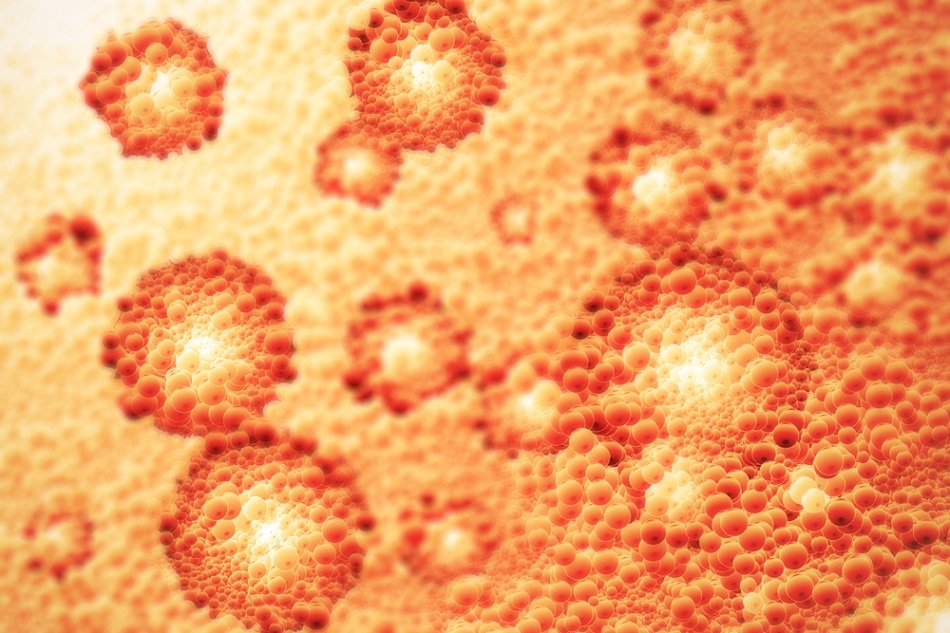Oct 24 2017
University of Surrey scientists have developed ‘intelligent’ nanoparticles capable of heating up to a temperature that is high enough to kill cancerous cells – but which can self-regulate and lose heat before they get hot enough to harm healthy tissue.
 GiroScience/ Shutterstock.com
GiroScience/ Shutterstock.com
It may be possible to use the self-stopping nanoparticles very soon as part of hyperthermic-thermotherapy in order to treat patients with cancer, based on an exciting new study reported in Nanoscale.
Thermotherapy has been used for a long time as a treatment method for cancer, but it is challenging to treat patients without damaging healthy cells. However, tumor cells can be killed or weakened without affecting the normal tissue if temperatures can be accurately controlled within a range of 42 °C to 45 °C.
Scientists from Surrey’s Advanced Technology Institute have teamed up with colleagues from the Dalian University of Technology in China in order to develop nanoparticles which, when implanted and employed in a thermotherapy session, are capable of inducing temperatures of up to 45 °C.
The Zn-Co-Cr ferrite nanoparticles developed for this study are self-regulating, which means that they stop heating by themselves when they get to temperatures of more than 45 °C. Another important factor is that the nanoparticles are also low in toxicity and are not likely to cause permanent damage to the body.
Professor Ravi Silva, Head of the Advanced Technology Institute at the University of Surrey, said: “This could potentially be a game changer in the way we treat people who have cancer. If we can keep cancer treatment sat at a temperature level high enough to kill the cancer, while low enough to stop harming healthy tissue, it will prevent some of the serious side effects of vital treatment.
“It’s a very exciting development which, once again, shows that the University of Surrey research is at the forefront of nanotechnologies – whether in the field of energy materials or, in this case, healthcare.”
Professor Ravi Silva, Head of the Advanced Technology Institute at the University of Surrey
Dr. Wei Zhang, Associate Professor from Dalian University of Technology said: “Magnetic induced hyperthermia is a traditional route of treating malignant tumours. However, the difficulties in temperature control has significantly restricted its usage. If we can modulate the magnetic properties of the nanoparticles, the therapeutic temperature can be self-regulated, eliminating the use of clumsy temperature monitoring and controlling systems.”
“By making magnetic materials with the Curie temperature falling in the range of hyperthermia temperatures, the self-regulation of therapeutics can be achieved. For the most magnetic materials, however, the Curie temperature is much higher than the human body can endure. By adjusting the components as we have, we have synthesized the nanoparticles with the Curie temperature as low as 34 °C. This is a major nanomaterials breakthrough.”